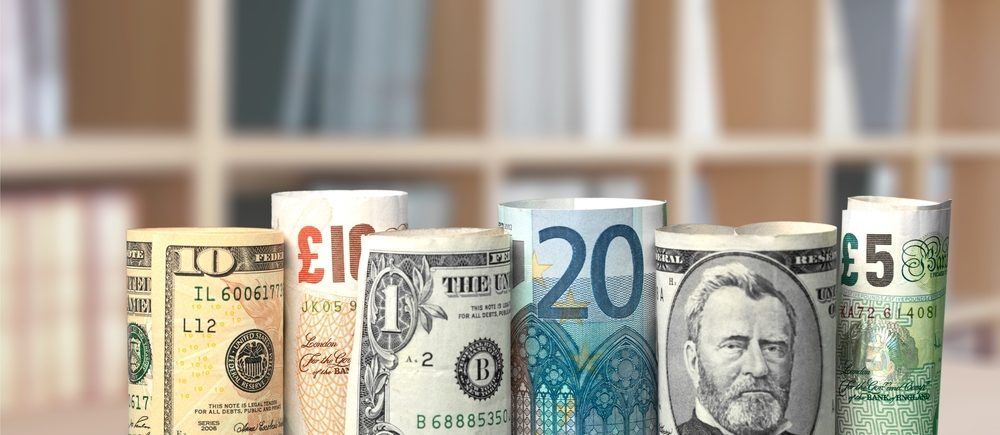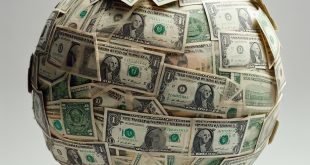The dollar and the yen rose in a volatile session in Asia on Monday, as they benefited from a search for safe haven amid investor concerns that higher interest rates and weak economic data could mean a global recession is on the horizon.
While stocks tracked Wall Street higher, currency traders were concerned about the continued dollar selling seen in Friday’s trading because the dollar usually rises in uncertain times.
The Australian dollar, which is sensitive to risks, witnessed unstable trading, as did commodity prices in the Asian session, and it fell 0.1 percent to $0.6935.
The euro settled at 1.0564 dollars, and the yen settled at 134.81 against the dollar. The US dollar index, which measures the performance of the US currency against six competing currencies, settled at 104,000, after it reached 105.79 earlier this month, its highest level in 20 years.
Friday’s poll showed US consumer confidence at a record low, which was another incentive for investors to cut bets on raising interest rates.
However, the specter of a global slowdown and the preference for dollar-denominated assets at such times put an end to further deterioration.
The New Zealand dollar was trading at $0.6321, while the British pound remained at $1.2285.
Factory activity data in China due to be published this week is likely to provide an indication of whether the world’s second-largest economy is regaining momentum after the disruptions caused by strict anti-Covid-19 lockdown restrictions.
The Chinese yuan rose after the leader of the largest party in Shanghai declared victory in the battle against COVID-19. The yuan rose slightly to 6.6856 against the dollar.
As for the Russian ruble, it fell in interbank transactions, after Russia became on the verge of defaulting on its sovereign debt for the first time since the Bolshevik Revolution more than a hundred years ago.
The ruble reached 53.60 against the dollar, effectively a stronger level than before the Russian invasion of Ukraine, but international sanctions have made the ruble scarce.
 Noor Trends News, Technical Analysis, Educational Tools and Recommendations
Noor Trends News, Technical Analysis, Educational Tools and Recommendations





